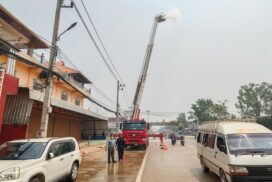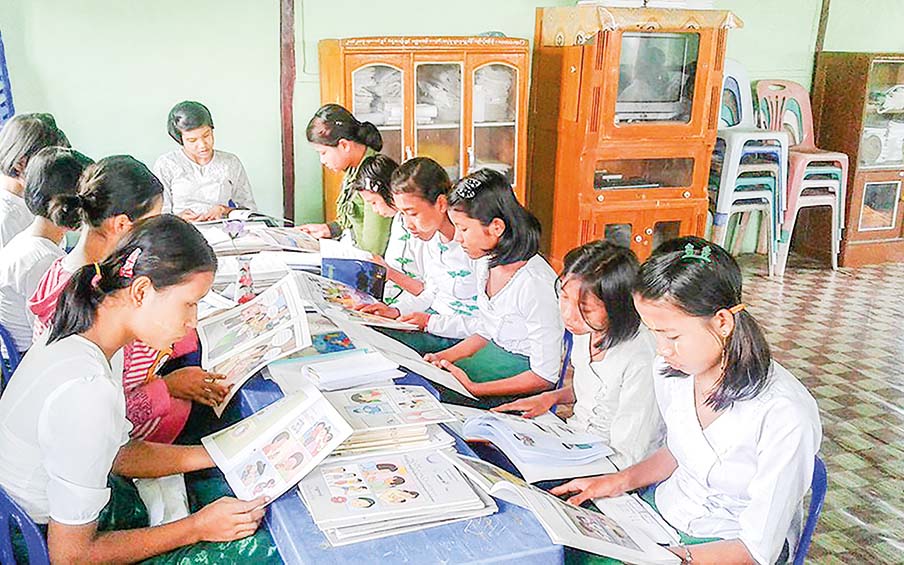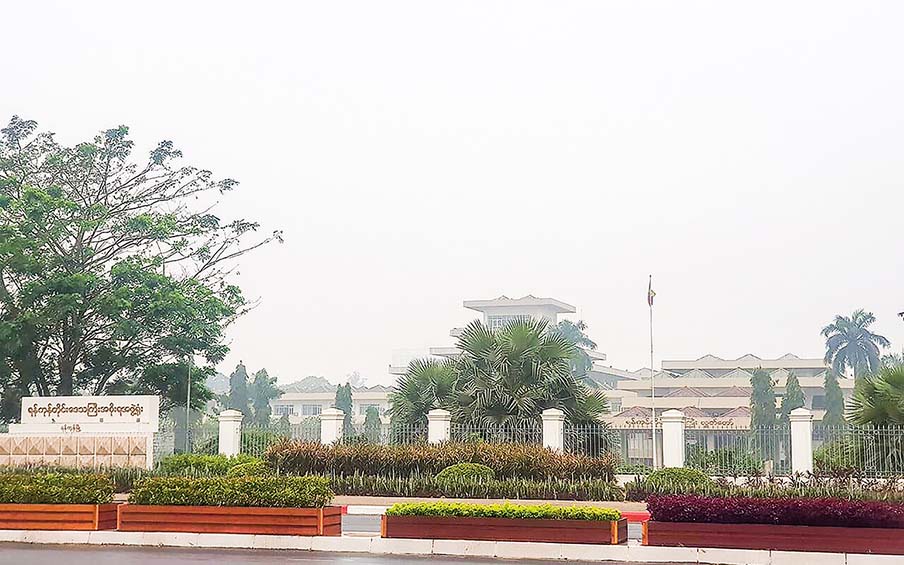Surface air temperatures over land have increased by around 1.5 degrees Celsius in the last 150 years, leading to adverse impacts on human health and well-being. Further warming will magnify these risks, depending on the extent of emissions reduction and investment in building climate-resilient health systems.
Magway Region located in the arid zone has suffered 1,865 natural disasters in five years from 2015-2016 to 2019-2020.
In the past five years, a total of 580,214 locals from the Magway Region have suffered great woes from the outbreaks of fire, flood, hurricane and tornado, landslide, earthquakes, lightning and other geological processes.
The recent unseasonal rain and hailstones in central Myanmar and eastern Shan State have alerted our country that our country is one of the countries in Asia which is particularly vulnerable due to increased exposure to the consequences of climate change.
Weather experts predict that Myanmar would see less rain than average in the coming years, along with higher temperatures. Due to this situation, rural areas are likely to experience shortages of drinking water.
Beside, it is projected to experience increases in ambient temperatures, extreme precipitation events and sea level rise. These will have health consequences, including temperature-related morbidity and mortality, injuries and deaths from extreme weather events, vector-borne diseases and under-nutrition.
Weather experts predict that Myanmar would see less rain than average in the coming years, along with higher temperatures. Due to this situation, rural areas are likely to experience shortages of drinking water.
The climate change experts have warned that warming temperatures, changing precipitation patterns and greater frequency of droughts and desertification have compromised food security in parts of Asia.
Increased atmospheric carbon dioxide levels can lower the nutritional quality of crops. More frequent extreme weather events will also disrupt supply chains. With cereal prices projected to increase by 2050, the region’s most vulnerable people face food insecurity and hunger. Our Southeast Asia region has already seen an increase of stunting in children.
Under most scenarios, rising temperatures will expose large populations to health-damaging heat waves throughout Asia. Risks will be especially severe in densely populated cities and agricultural areas of South Asia and eastern China. Higher average temperatures reduce productivity of outdoor workers, and can also adversely affect maternal and child health.
Some countries in Asia has implemented successful heat action plans.
These need to be regularly reviewed as the onset, severity and duration of dangerously high temperatures change.
We cannot prevent natural disasters, but we can reduce the impacts from them through our being properly prepared.
This requires well-coordinated, multisectoral actions with the active participation of individuals and communities at risk.














